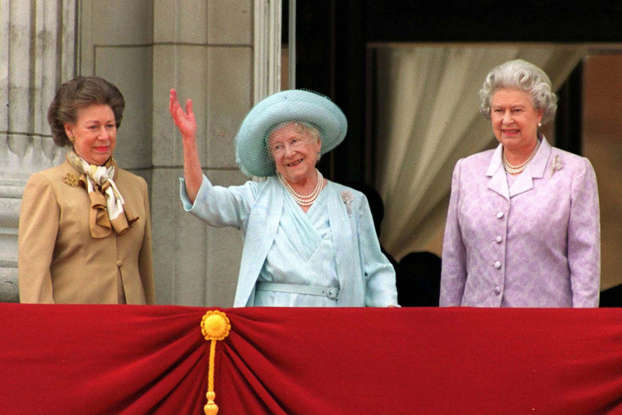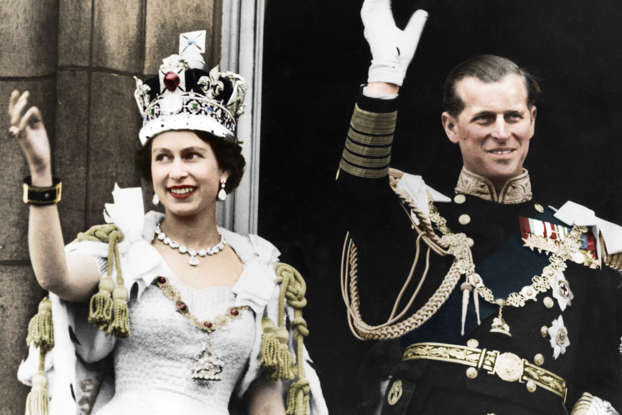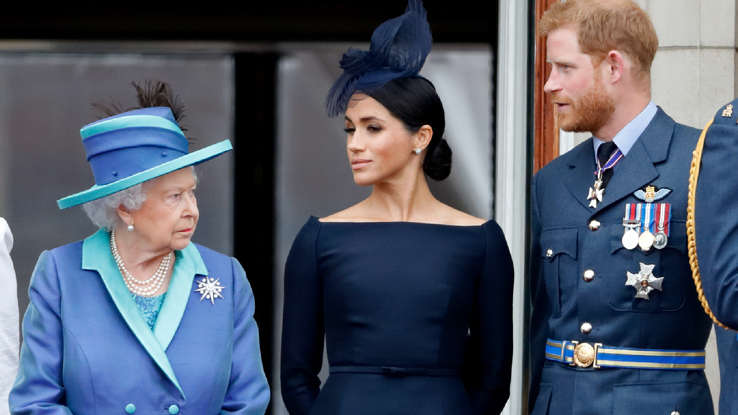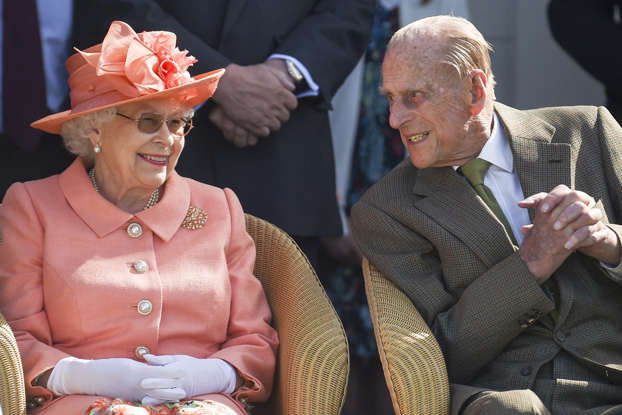


Britain and the world are mourning the Queen
On September 8, 2022, Queen Elizabeth II died at the age of 96. The impact of her death has been clear from the responses across the world. The British government decreed ten days of mourning, and similar initiatives were taken in other countries or communities.
What was the cause of the death of Queen Elizabeth II?
The Queen was highly committed and worked almost until the day she died. She had the longest reign in the history of the British monarchy. People have been concerned with her health over the past months, and now the international media wonder: what did Queen Elizabeth II really die of?
No official information
At the moment, there is no official information on the cause of her death. On the night of September 8, it was simply announced as follows via social media: “The queen died peacefully at Balmoral this afternoon.”
An impeccable medical history
Despite her advanced age, Queen Elizabeth II was in very good health until only a few months ago. Her medical history does not include any chronic illnesses, only a bad case of the flu (1993), a broken wrist (1994), knee surgery (2003), gastroenteritis (2013), a bad cold (2017), and a back injury in November 2021, according to several British media.



She went through a difficult time
Following the death of her husband Philip, the Duke of Edinburgh, in 2021, the queen increasingly withdrew from public life. In February 2022, she caught Covid-19, but the Royal Family declared that she only had mild symptoms.
Weakened by Covid-19
Yet, according to the BBC, the queen said in an interview that she was “very tired and exhausted” after having Covid. In fact, in the last months of her life, she was seen walking with a cane, she weighed less than usual, and she canceled several important appointments, such as some of the events scheduled for her diamond jubilee.
Her death was unexpected
Still, Elizabeth II’s death came as a surprise to many. On the day of her passing, the palace confirmed that the queen’s doctors were “concerned” and had recommended medical follow-up, but it did not suggest in any way that her condition was critical.
‘She did not suffer’
Ginni Mansberg, an Australian doctor, explained on the Australian television channel 7NEWS that the Queen probably did not suffer in her last moments because she fulfilled her tasks until the end. Heart disease and stroke could be the cause of death, Mansberg explained. “She could have had a stroke, she could have had a heart attack.”
The blue mark on her hand
Two days before her death, at the time she received Britain’s new Prime Minister Liz Truss, some public attention was focused on the blue-colored mark on the queen’s right hand (pictured). No one imagined that this would be the monarch’s last public appearance, but the mark did strike observers.
A first clue?
Australian doctor Deb Cohen-Jones told the Daily Mail that the blue-purple spot could be a sign of vascular disease.
Life-threatening circulatory disorder
According to the doctor, the condition can lead to heart failure or multiple organ failure because it causes “blood vessels outside of your heart and brain to narrow, block, or spasm.”
She must have missed Philip
Another theory proposed by various doctors is that the Queen suffered too much from the loss of her husband. The so-called broken heart syndrome is an acquired myocardial disease, a sudden dysfunction of the left ventricle, which is triggered by stress or severe pain.
Did she suffer from Broken Heart Syndrome?
Dr Deb Cohen-Jones told the Daily Mail that the syndrome is about not just about losing the will to live. It has real effects on one’s health: “Physiologically, losing the Duke of Edinburgh would have caused severe stress, which would have caused her cortisol levels to rise.”
Continuous scandals in the family
The scandals surrounding her son, Prince Andrew, and Prince Harry’s departure from the royal family were also huge challenges for the head of the British royal family.
A historic funeral
Queen Elizabeth’s final resting place will be in St George’s Memorial Chapel, alongside her husband, the Duke of Edinburgh. Representatives of European royal houses and politicians such as US President Joe Biden and French President Emmanuel Macron are expected to attend the funeral.
Cause of death may never be known
We may never know what caused her death, but there will be ample opportunity to remember the Queen and pay respects. After lying in state for four days, enabling the British public to say goodbye to her, Queen Elizabeth’s funeral takes place on Monday, September 19. Media from around the world will broadcast the last farewell.




